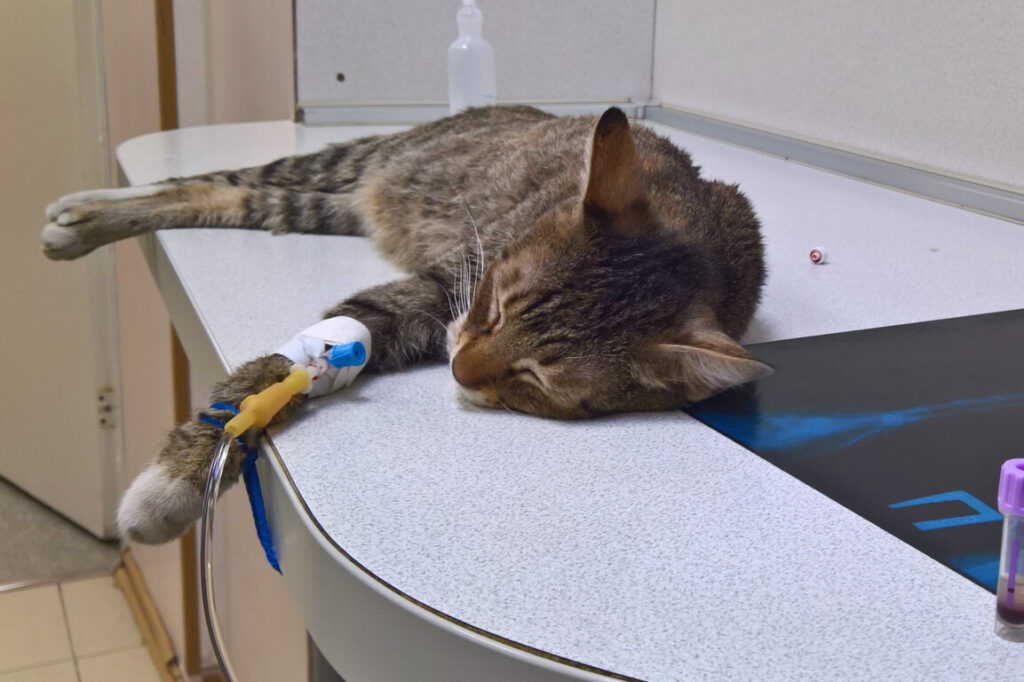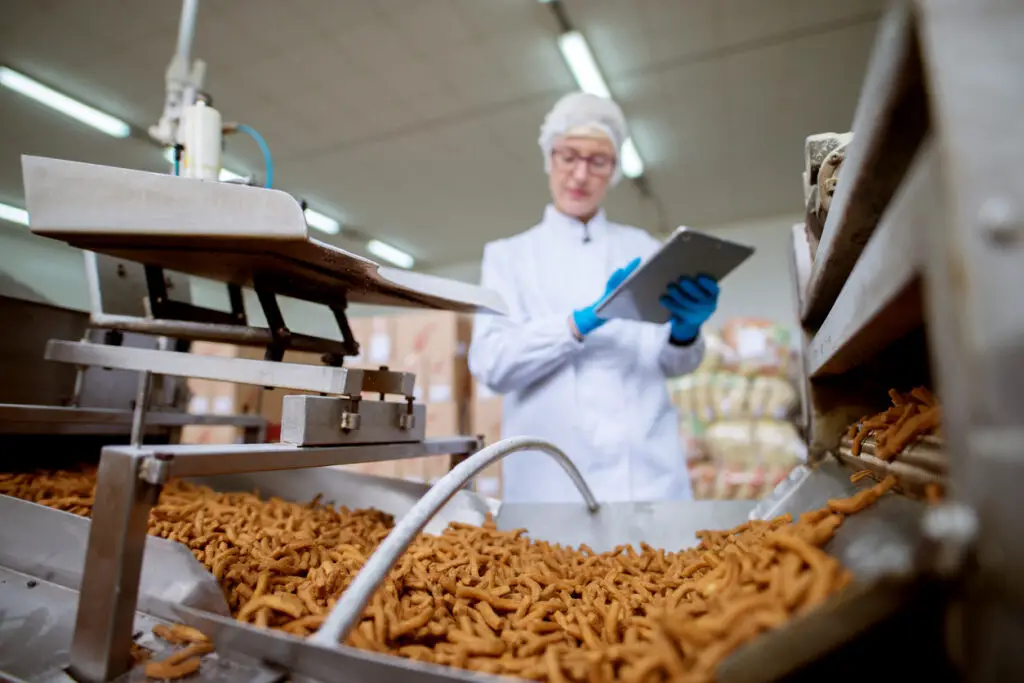1. Increased Transmission of H5N1 in Birds

In 2025, the H5N1 bird flu strain is spreading more rapidly among both wild and domesticated birds, raising alarms for pet owners. Infected birds can shed the virus through droppings, saliva, and nasal discharge—making it easy for the virus to contaminate farms, processing areas, and even raw ingredients used in pet food.
With chicken, turkey, and duck being staples in many pet diets, the growing outbreak poses a serious risk of tainted meat entering the supply chain. Experts warn that even indirect contact can result in transmission, increasing the potential for food recalls and heightened scrutiny over poultry-based pet products. Source: DrugTopics
2. Risk of Mutation and Cross-Species Transmission

H5N1 isn’t just affecting birds anymore it’s been detected in mammals like foxes, seals, and even domestic cats. According to the CDC, scientists are keeping a close eye on mutations that could make the virus easier to transmit between species, including to household pets.
If that happens, pet food containing contaminated poultry could become a major concern. Manufacturers may preemptively recall products as a safety measure, especially those with raw meat ingredients. Fewer healthy animals in the food chain could also lead to shortages and increased contamination risks. Source: CDC
3. Supply Chain Disruptions and Contamination Risks

Mass culling of infected birds during an outbreak means fewer poultry products across the board including those used in pet food. Combined with existing supply pressures from post-pandemic shifts and labor shortages, bird flu could create major gaps in the pet food aisle. Manufacturers may turn to less common meat sources or international suppliers, which could raise the risk of contamination and inconsistencies. Experts suggest that even unaffected products might be pulled from shelves as companies double down on safety leading to more frequent, precautionary recalls. Source: AA
4. Raw Pet Food Carries Higher Contamination Risk

Pet owners who feed their animals raw diets should be extra cautious this year. With H5N1 circulating more widely in bird populations, any uncooked poultry products pose a higher risk of carrying the virus. Because raw food bypasses the heat-processing step that kills harmful pathogens, it’s more likely to transmit viruses if contaminated. Experts recommend sticking with fully cooked or shelf-stable pet food while outbreaks remain active, especially for dogs or cats with weaker immune systems.
5. Expect More Pet Food Recalls

Pet food companies are on high alert in 2025, and that means more recalls even for products with minimal risk. After years of navigating COVID-era food safety, manufacturers are quicker to issue recalls to protect brand trust and prevent illness. While this cautious approach is good news for safety, it can also lead to supply disruptions and confusion for consumers. If your pet’s favorite food disappears from shelves, it may not be dangerous just pulled out of caution. Experts recommend keeping a backup protein source your pet tolerates well, just in case.


